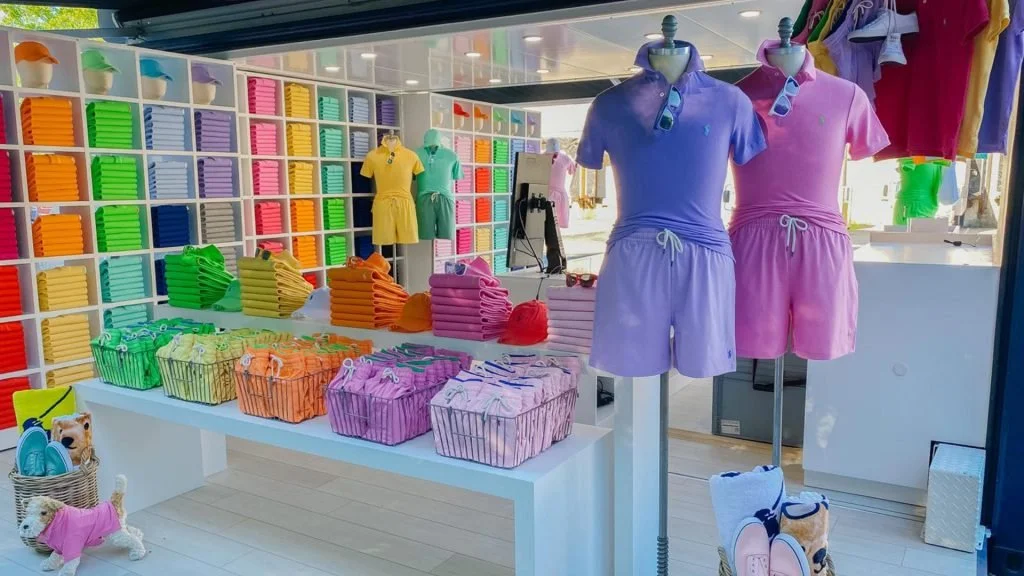MOBILE & POP-UP BRAND REACH.
Delivering brand and commercial impact with mobile retail spaces is a modern and innovative approach to reaching customers in a unique and engaging way. Mobile retail spaces, also known as pop-up shops or mobile stores, are temporary, portable setups that allow brands to interact with their target audience directly, while also providing an opportunity for sales and brand promotion.
As the UK high street continues to evolve, and consumer and spectator events grow in scale and popularity - ‘popping up’ or activating your brand with mobile retail spaces is becoming increasingly more popular. To do this, and to do it well (generate brand impact and commercial value) there are a number of considerations or factors that need to be in place.
Flexibility and Mobility: The key advantage of mobile retail spaces is their ability to be moved to various locations. Brands can target high footfall areas, events, festivals, or even go to places where their target audience gathers. This flexibility enables them to meet potential customers where they are, increasing the chances of making an impact.
Brand Storytelling: Use the mobile retail space to tell a compelling brand story. Create an immersive experience that resonates with your audience. This could include interactive displays, visual storytelling, and engaging demonstrations. The goal is to leave a lasting impression and make visitors feel connected to the brand.
Limited-Time Exclusivity: The temporary nature of mobile retail spaces creates a sense of urgency and exclusivity. Customers may feel compelled to visit and make purchases during the limited time the mobile store is available. Offering exclusive products, discounts, or promotions can further drive this sense of urgency.
Integration with Technology: Utilise technology to enhance the customer experience and capture data. Interactive screens, augmented reality (AR), or virtual reality (VR) experiences can engage customers in a memorable way. Additionally, integrating mobile payment options and collecting customer data can help with future marketing efforts.
Collaborations and Events: Partner with influencers, local businesses, or organisations to host collaborative events or workshops in the mobile retail space. This can attract a larger audience, increase brand visibility, and create buzz around the brand.
Social Media and Online Promotion: Leverage social media and online platforms to generate hype and spread the word about the mobile retail space. Create a hashtag and encourage customers to share their experiences online, helping to extend the reach of the brand beyond the physical location.
Data Collection and Analysis: Collect data during the mobile retail experience, such as customer feedback, preferences, and purchase behaviour. Analyse this data to gain insights into customer preferences, pain points, and what elements of the mobile retail space were most effective.
Sustainable and Eco-Friendly Approach: Incorporate sustainable and eco-friendly elements into the mobile retail space. Consumers are increasingly drawn to brands that demonstrate a commitment to environmental responsibility.
Seamless Online and Offline Integration: Ensure that the mobile retail experience aligns seamlessly with the brand's online presence. Customers should be able to continue their journey with the brand even after leaving the mobile retail space.
Measure Success and ROI: Establish key performance indicators (KPIs) to measure the success and return on investment (ROI) of the mobile retail space. Analysing metrics such as foot traffic, sales conversion rates, and social media engagement can help evaluate the impact of the initiative.
By implementing these strategies, brands can effectively deliver brand and commercial impact with mobile retail spaces, creating memorable experiences that leave a lasting impression on their target audience.




